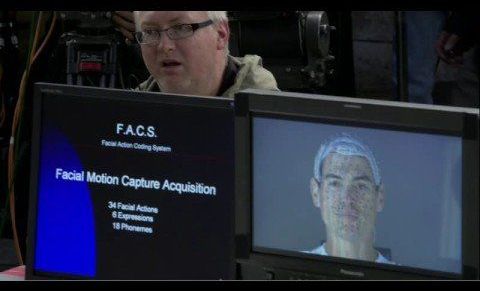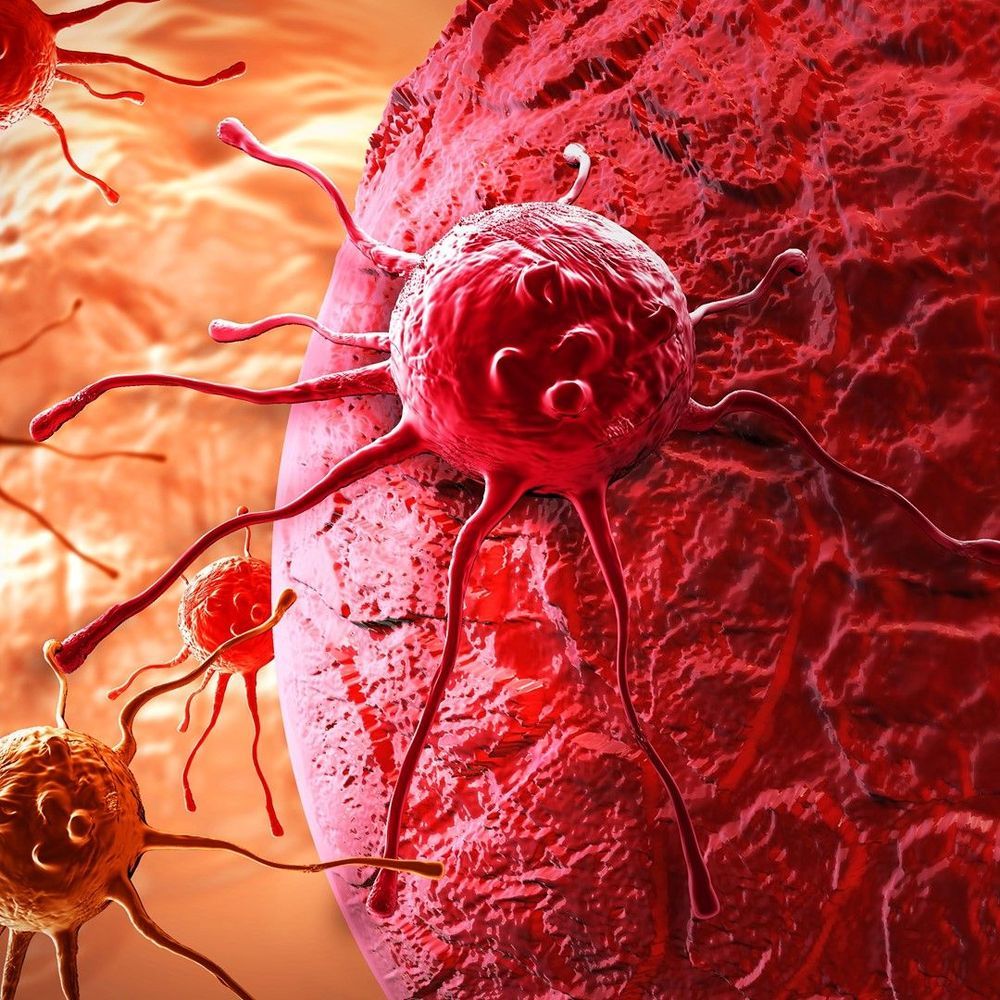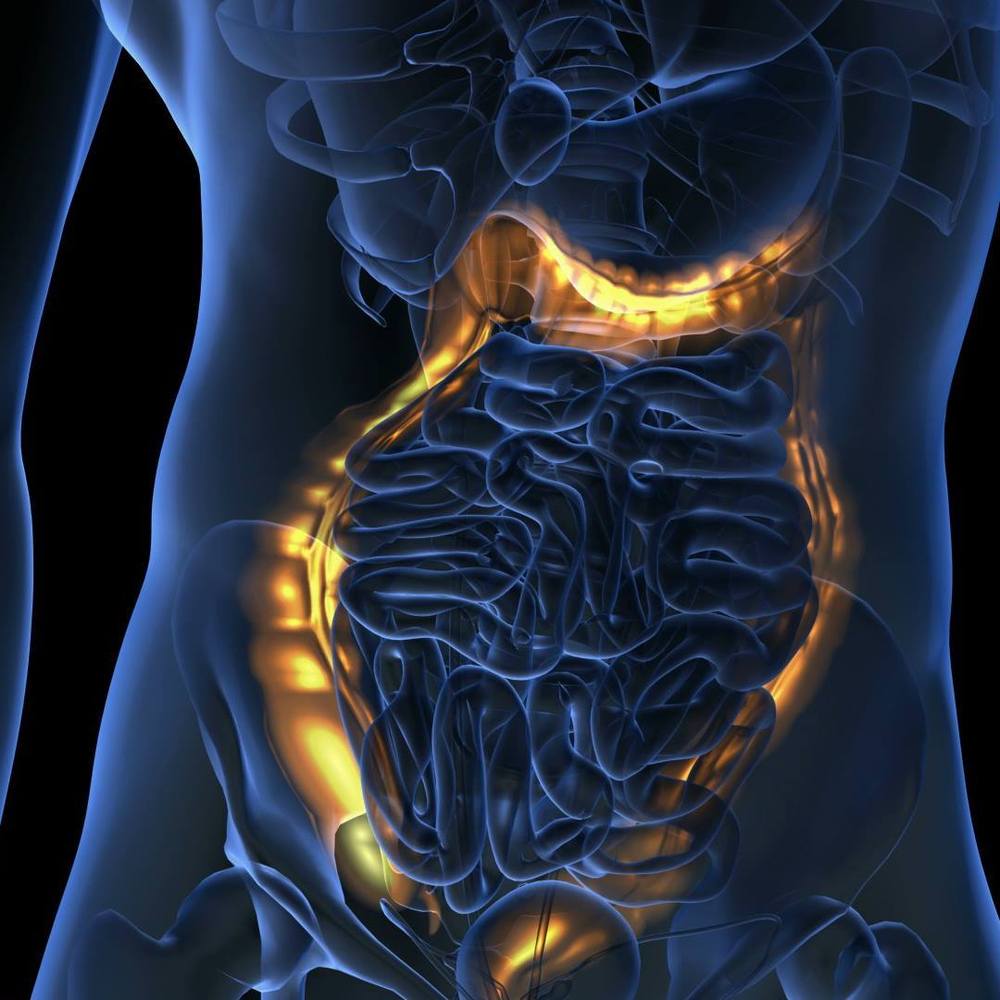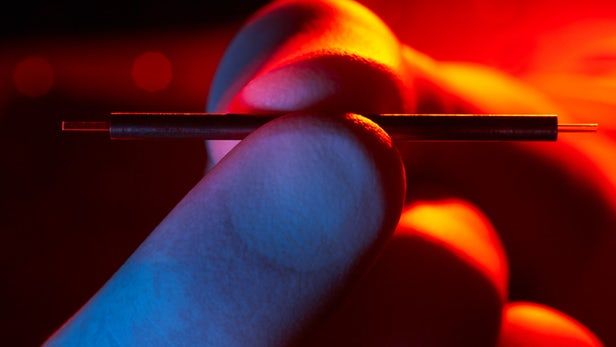Page 8580
Jul 1, 2019
Scientists Discover the Second Function of the Appendix
Posted by Paul Battista in category: futurism
Jul 1, 2019
Boston Dynamics is Launching its First Commercial Robot!
Posted by Paul Battista in category: robotics/AI
Jul 1, 2019
Malware Defense: Protecting Against Polymorphic Malware
Posted by Quinn Sena in category: cybercrime/malcode
So everything we just said about metamorphic and polymorphic malware also applies to metamorphic and polymorphic ransomware.
Metamorphic and Polymorphic Malware Families
With consistent functionalities regardless of code, malware is often grouped into families so security teams can look for similar functions and code segments in efforts to protect their organizations. Some of the most well-known malware families include:
Jul 1, 2019
Physics: Plasma-Jet-Driven Magneto-Inertial Fusion (PJMIF)
Posted by Quinn Sena in category: physics
Professor Y. C. Francis Thio and Dr. F. Douglas Witherspoon of HyperJet Fusion Corporation, USA share their expert views on physics, with a focus on Plasma-Jet-Driven Magneto-Inertial Fusion (PJMIF)
Jul 1, 2019
Terahertz radiation to enable portable particle accelerators
Posted by Quinn Sena in categories: biotech/medical, materials
Researchers at MIT in the US and DESY (Deutsches Elektronen-Synchrotron) in Germany have developed a technology that could shrink particle accelerators by a factor of 100 or more. The basic building block of the accelerator uses high-frequency electromagnetic waves and is just 1.5 cm (0.6 in) long and 1 mm (0.04 in) thick, with this drastic size reduction potentially benefitting the fields of medicine, materials science and particle physics, among others.
Jul 1, 2019
Nanoscale Robots Make Molecular Assembly Lines Possible
Posted by Quinn Sena in categories: nanotechnology, robotics/AI
UK researchers develop nanoscale robots that can potentially replicate the traditional factory assembly line, except on a nanoscale.

Hollywood once said that a film based on the graphic novel Watchmen could never be made—in large part because the technology to create Dr. Manhattan, the blue, glowing, matter-manipulating superhero, simply didn’t exist. The hotly anticipated film, directed by Zach Snyder, hit theaters yesterday, glowing blue man and all. Here’s how filmmakers used Frankenstein and DIY sensibilities to create a photo-real, all CG superhero.
Jul 1, 2019
‘Luke Cage’ Just Brought CRISPR Tech Into the Marvel Universe
Posted by Quinn Sena in category: biotech/medical
Jul 1, 2019
Scientists Seek To Discover Why Some Minds Resist The Damage That Comes With Old Age
Posted by Mike Ruban in categories: biotech/medical, life extension, neuroscience
It’s called cognitive reserve, and it’s the phenomenon of the mind’s resistance to damage of the brain. It’s also the subject of not only an upcoming new data and biomedical sample resource, but also a related request for information (RFI) from the NIA and a first-of-its-kind workshop in September.
The push to study cognitive reserve in more depth across the scientific disciplines was born out of recommendations from the Cognitive Aging Summit III. Some 300 researchers attended the summit in Bethesda, Maryland in 2017. Coordinated by the NIA of the National Institutes of Health (NIH) and supported by the McKnight Brain Research Foundation, the summit centered on age-related brain and cognitive changes, with a particular focus on issues related to cognitive resilience and reserve. According to the NIA, investigators from around the world delivered presentations and engaged in discussion “about some of the most important scientific questions relating to the biological, physiological, social and behavioral aspects of reserve and resilience in aging individuals. Attendees also discussed strategies to preserve and bolster cognitive function during aging.”

















